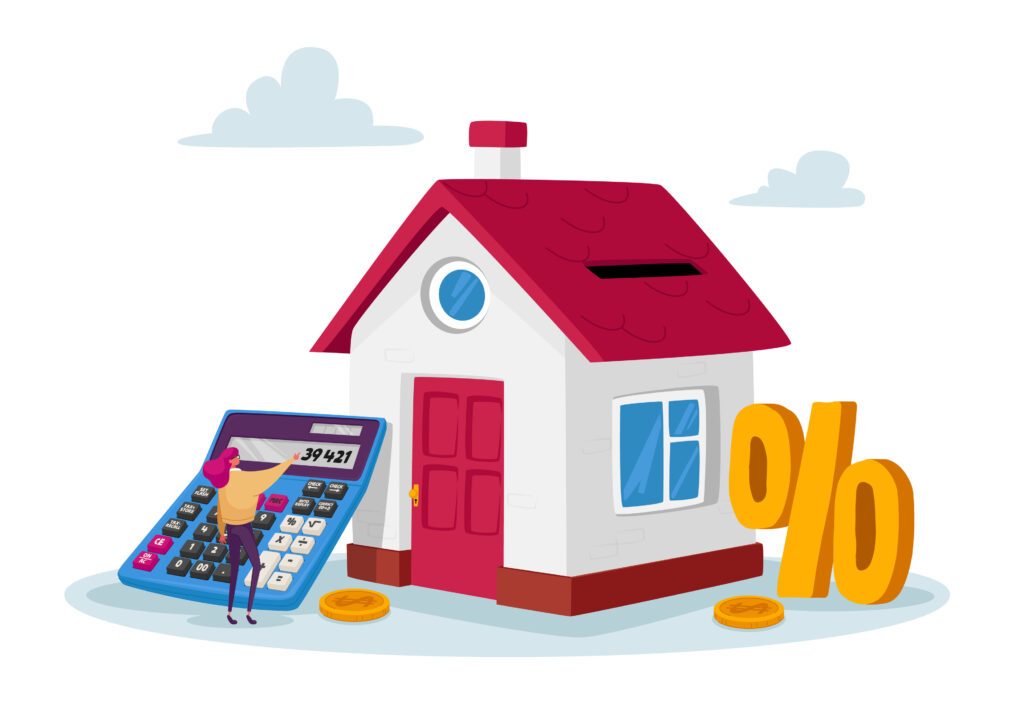A Home Equity Loan and a Home Equity Line of Credit (HELOC) are not the same thing. In general, a home equity loan is a better financial tool for most consumers. Both are ways to finance large expenses by borrowing against the equity in your home minus closing costs. Equity is the difference between what you owe on your mortgage and what your home is worth. The keywords here are that these are ways to finance large expenses.

Some homeowners treat a home equity loan or HELOC like a credit card by using their home as collateral. Especially a HELOC. Particularly high risk is taking out a line of credit against the equity in their home to pay off high-interest credit cards with a low-interest HELOC.
This is seldom a good idea. If you are having trouble paying off credit cards, do you want to put your homeownership at risk to pay for last summer’s wardrobe or too many dinners out? Credit cards are unsecured loans.
If you fail to repay money borrowed on credit cards, it will hurt your credit score, but they cannot come after your home. If you move those credit charges over to an equity loan, you have agreed that the lender can foreclose on your home if you fail to repay the money. You want to use the equity in your home in financially smart ways.
A HELOC is very much like a credit card except it is a secured loan instead of an unsecured loan. Like a credit card, you can continue to borrow against it, up to the credit line. As you repay part of the loan, you can borrow that money again at some time in the future. You pay interest only on what you borrow. The fact that it is so much like a credit card is what gets some consumers into serious credit trouble that can cost them their homes. Instead of using a credit card to pay for an occasional night out, the much higher credit limit on a HELOC lets them charge a two-week vacation that they otherwise could not afford.
A HELOC allows you to borrow up to 85% of your home equity. Unlike most home equity loans, a HELOC has a variable interest rate that will change periodically based on market conditions. This makes a HELOC less desirable and riskier during times of rising interest rates like we are experiencing now.
There are two distinct phases to a HELOC. The draw phase and the payback phase. During the draw phase, you spend the money however you want and only make minimum payments or interest-only payments. If you still have more equity in your home, you can usually refinance your HELOC to extend the draw phase.
Otherwise, you will reach the repayment phase and the line of credit will no longer be available to draw on. This is when the full principal and interest payments begin. You might be able to negotiate different terms for the loan but typically you will have 15 to 25 years to repay the loan.
The best use of a HELOC is usually to improve the value of your home or make needed repairs. Because a HELOC has a variable interest rate and a home equity loan has a fixed interest rate, the home equity loan is often the better choice. But a HELOC might be appropriate if you are not sure how much you need to borrow or want to spread the purchases out over time. For instance, when you will sequentially upgrade your kitchen, bathroom, and energy efficiency. What’s important to remember is that you’re using the value of your home to secure both a HELOC and home equity loan.
A home equity loan will be paid to you in a lump sum and can be for a sizable portion of the equity that you own in your home. Loan amounts can be up to 80% or 85%. If you have $100,000 in equity, you could borrow up to $80,000 or $85,000. In a month or two, you will have to start repaying the loan in much the same way that you pay your first mortgage. You’ll make monthly installments over 5 to 20 years, possibly up to 30 years.
Most homeowners take out a fixed rate loan as opposed to a variable rate which allows them to have fixed monthly payments. Because you won’t be borrowing additional money against a line of credit, it makes your future payments predictable. This makes it more likely that you’ll only borrow money for the home improvements that you intended to make. It takes away the temptation to borrow more than you intended for something like a two-week vacation that you otherwise couldn’t afford. Used in a financially smart way, the loan will add value to your home. Maybe by building an addition for a growing family. Once the loan is repaid, you will have all of your money back (less interest) in the form of more home equity.
Do you have thoughts about HELOC and home equity loans? Please share by leaving a comment.
Also, our weekly Ask Brian column welcomes questions from readers of all experience levels with residential real estate. Please email your questions, inquiries, or article ideas to [email protected].